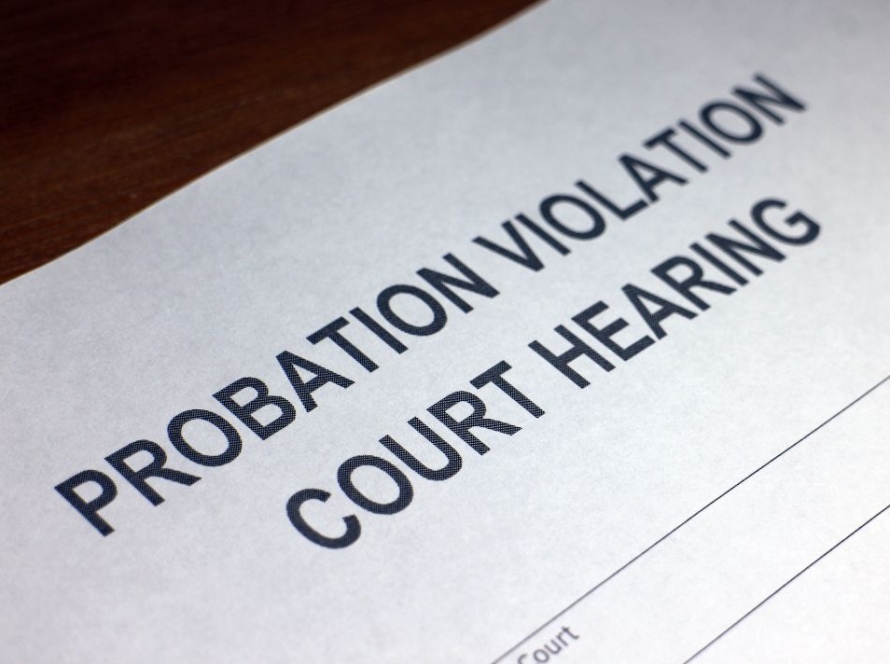If you find yourself in need of filing a Petition for Civil Protection Order against someone, or, if you have been served with a Petition for Civil Protection Order filed by someone else, there is important information you should be aware of in preparing or responding to such a filing.
What is a Civil Protection Order in DC? A civil protection order is a court order that addresses issues regarding safety by directing another party to either do or refrain from doing specified acts. Specifically, the order can direct another to refrain from contacting, coming within a certain number of feet, abusing, harassing, or committing a crime against another. The order can also set forth a child access schedule during the pendency of the order, require reimbursement or other financial payments, require a party to partake in drug/alcohol treatment or require a party to vacate the home.
When can you file a Civil Protection Order in DC? The person who files a petition for a civil protection order is known as the ‘petitioner.’ The person who is alleged to have committed or threatened to commit one or more criminal act against a petitioner, is the ‘respondent.’ A petition can be filed where the parties are married, ex-spouses, romantically or sexually involved, roommates, or share a common intimate partner. In addition, a petition can be filed where the petitioner is an alleged victim of sexual assault, sexual abuse, or stalking regardless of whether any other type of relationship exists.
How long does a Civil Protection Order last? A protection order is generally issued for twelve (12) months. However, they can be issued for shorter periods of time and the petitioner can request an extension if there is a justifiable need.
How do you get a Civil Protection Order? The process is initiated by the petitioner who must file a Petition for Civil Protection Order with the court. If the petitioner wants a temporary order, one can be requested and the petitioner will present their argument in front of a judge, typically the same day the petition is filed. If the temporary order is granted it is in place for a brief period, until the trial on the Civil Protection Order. All of the paperwork must be served on the respondent. The temporary order is not in effect until it is served on the respondent. If the respondent is served and both parties appear on the trial date, the parties can agree to negotiate a resolution or they can present their case to the judge, who will make the final decision.
What happens after a respondent is served? It is strongly encouraged that a respondent seeks the assistance of an attorney as soon as possible to assist with responding to and defending against a petition for a civil protection order. After the respondent is served, he or she must abide by the terms of the temporary protection order (if any) and must appear at the trial date to respond to the petition.
What is the difference between consenting or going to trial? At the trial date, the respondent who has been served has several options. They can negotiate terms of a consent protection
order or they can go to trial. If the terms of a consent order are negotiated, the agreement must be agreed upon by both sides. The consent order can be with or without admissions of any wrongdoing. Negotiating a consent agreement keeps power over the outcome within the control of the parties. For instance, the parties may agree to fewer requirements than the court may order. Fewer terms typically lead to the protection order being harder to violate, therefore, minimizes the need to return to court to address any contempt issues.
What if I want to settle out of court? Another alternative option is the parties may agree to resolve the case with an out-of-court settlement agreement (i.e. a civil contract). This binding contract must be agreed upon in full by all parties and can include the same types of protection provisions as a protection order (e.g. stay away, no contact, no harass, assault, threaten etc.). This option may appeal to a party where there is no significant threat of violence and where there may be a significant consequence to the respondent if a protection order is issued (e.g. loss of housing or job).
If you have been the victim of a criminal act or threat of criminal act and need to file a protection order, or you have been served with a protection order, contact the skilled litigation attorneys at Krum, Gergely, & Oates LLC to assist with navigating the protection order process.



